Animals
-
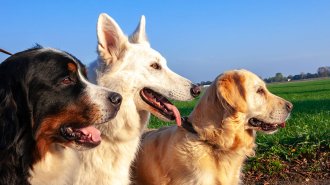 Life
LifeHuman meddling has manipulated the shapes of different dog breeds’ brains
By analyzing the shape of different dog breeds’ brains, researchers show how humans have manipulated the animals’ brain anatomy.
-
 Life
LifeFly fossils might challenge the idea of ancient trilobites’ crystal eyes
Fossilized crane flies from 54 million years ago probably got their crystal lenses after death.
By Susan Milius -
 Life
Life50 years ago, scientists thought they knew why geckos had sticky feet
50 years ago, scientists thought gecko feet had suction cups that allowed the animals to stick to surfaces. Today we know tiny hairs do the job.
By Kyle Plantz -
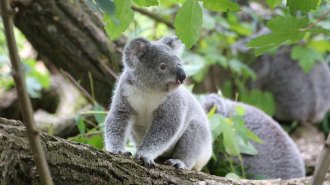 Life
LifeFecal transplants might help make koalas less picky eaters
Poop-transplant pills changed the microbial makeup of koalas’ guts. That could allow the animals to adapt when a favorite type of eucalyptus runs low.
-
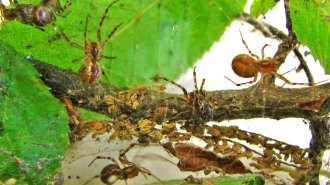 Animals
AnimalsWhy one biologist chases hurricanes to study spider evolution
For more rigorous spider data, Jonathan Pruitt rushes into the paths of hurricanes.
By Susan Milius -
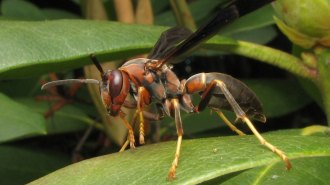 Life
LifeBig and bold wasp queens may create more successful colonies
A paper wasp queen’s personality and body size could help predict whether the nest she has founded will thrive.
-
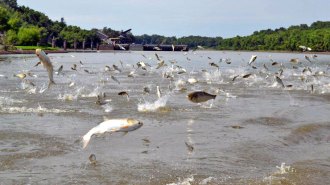 Life
LifeA mussel poop diet could fuel invasive carp’s spread across Lake Michigan
Asian carp, just a human-made waterway away from reaching Lake Michigan, could live in much more of the lake than previously thought.
-
 Life
LifeHow these tiny insect larvae leap without legs
High-speed filming reveals how a blob of an insect can leap more efficiently than it crawls.
By Susan Milius -
 Chemistry
ChemistryA fungus makes a chemical that neutralizes the stench of skunk spray
A compound produced by fungi reacts with skunk spray to form residues that aren’t offensive to the nose and can be more easily washed away.
-
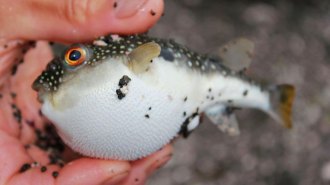 Animals
AnimalsThere’s more to pufferfish than that goofy spiked balloon
Three odd things about pufferfishes: how they mate, how they bite and what’s up with no fish scales?
By Susan Milius -
 Life
LifeMonkeys can use basic logic to decipher the order of items in a list
Rhesus macaque monkeys don’t need rewards to learn and remember how items are ranked in a list, a mental feat that may prove handy in the wild.
By Bruce Bower -
 Life
LifeMapping how the ‘immortal’ hydra regrows cells may demystify regeneration
In the continually regenerating hydra, fluorescent markers help researchers track stem cells on the way to their cellular fate.